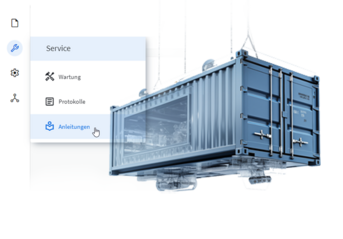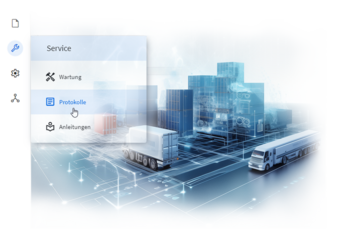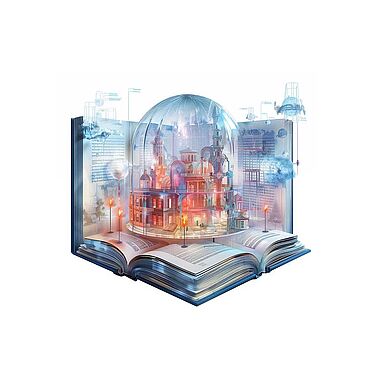The Container-Manager from Rosenberger Telematics
We create solutions for the efficient management of containers. Our software solution, the Container-Manager, which won the German Innovation Award 2023, enables rental companies to digitally map their container-specific workflow processes. Our modular IoT platform and the R-SERVICE app offer easy adaptation to individual requirements and standardise various steps in container management. With the help of digital workflows, we increase your efficiency and ensure smooth processes.
- Efficiency: By digitally recording outgoing and incoming containers, you save valuable time and reduce sources of error.
- Precision: The detailed and photo-documented reports on installation, damage recording, conversion and container equipment enable seamless tracking and access to all relevant information.
- Transparency: In COMMANDER you always have access to current and historical data.






